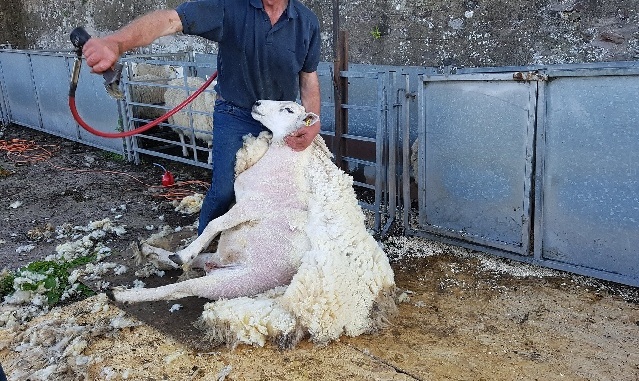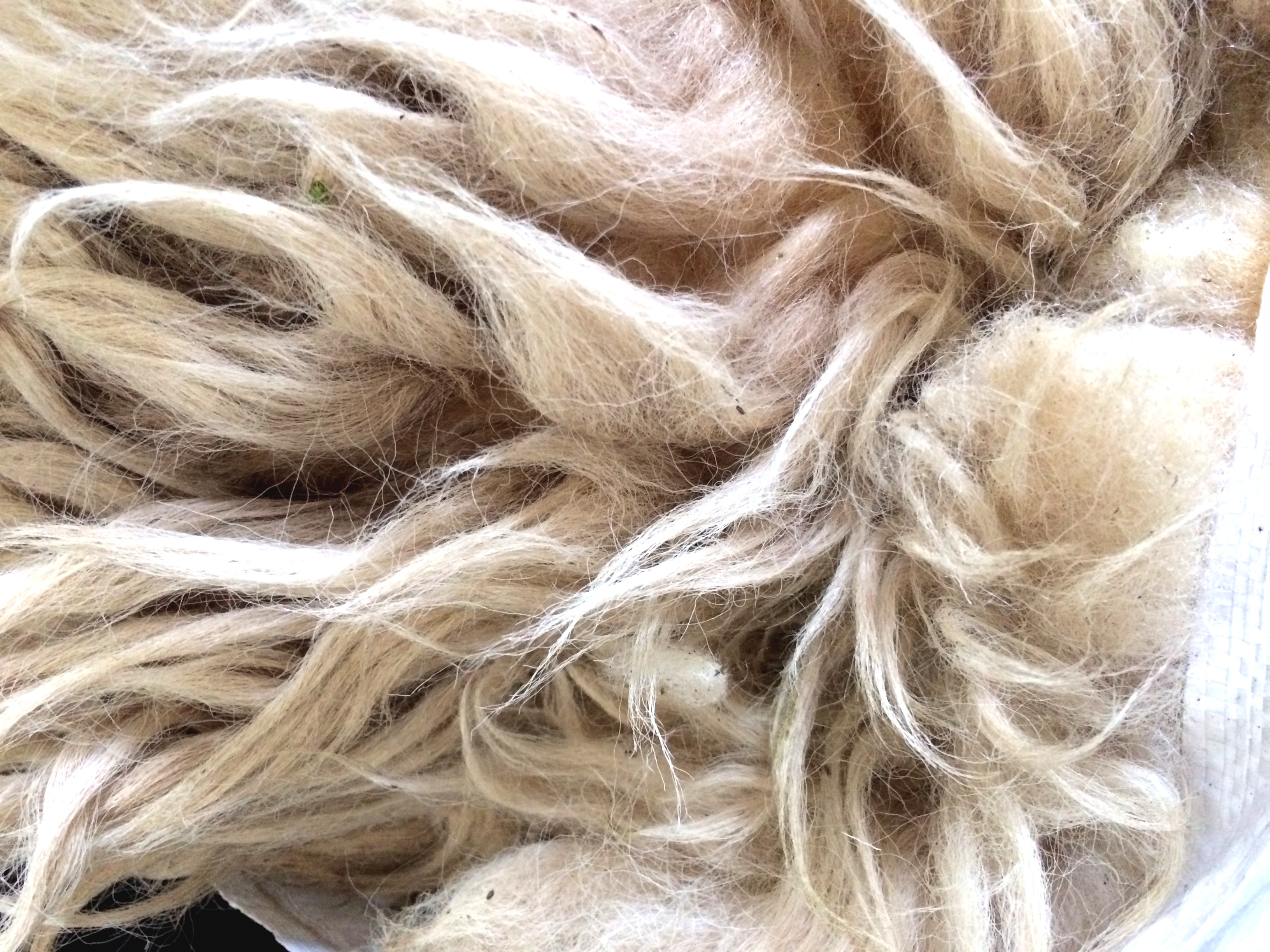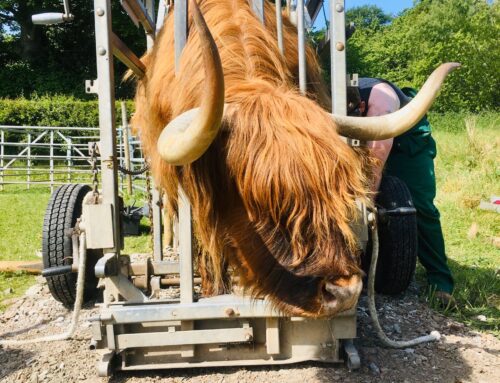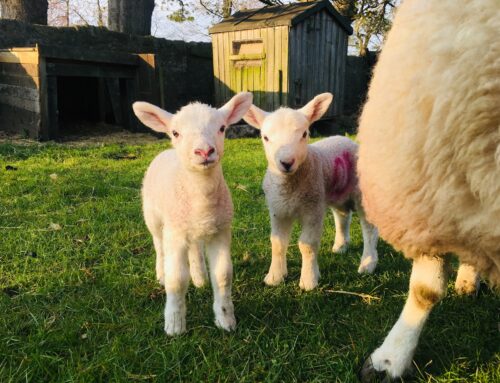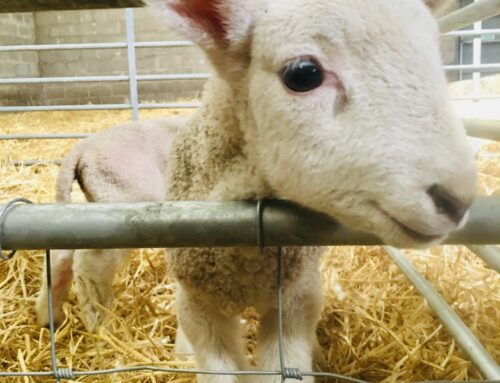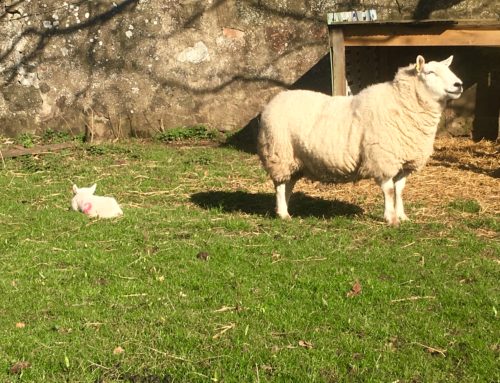Every June or July we shear the sheep to keep them cool during the warmer months. Sheep wool constantly grows (a bit like the hair on a human head does) and has been used for hundreds of years to make clothing, provide shelter and even house-building materials. These days wool is still widely used in the same way and is even now used as a natural option for bolstering walking tracks and pathways in the countryside, rather than using man-made products such as plastic or rubber.
Shearing sheep is also an important part of the welfare of these animals – left without shearing, a sheep’s wool fleece with continue to grow and eventually prevent the animal from seeing, breathing or hearing properly, it will collect debris from the environment it lives in which can injure the animal, the animal can also die from over-heating and the faeces from the animals collect around the tail-end of the sheep, attracting flies, which lay their eggs on the thick sheep fleece – these eggs hatch and the larvae then start to feed on the sheep’s flesh until it reaches the adult stage and flies away, and so the cycle starts all over again.
Shearing is carried out by experienced individuals who, during shearing season often shear over a thousand sheep in the period of a month. The technique includes turning the sheep in to a sitting position and keeping it still between the shearer’s legs – interestingly this also has a calming effect on the sheep, and it sends most in to a kind of hypnotic state. This allows the shearer to clip off the fleece quickly and cleanly, without the animal getting distressed or harmed.
The shorn-off fleeces are then rolled up and bundled and taken away for recycling in to wool yarns, clothing, carpets, etc the list is endless! We donate our sheep fleeces to a local farmer who adds them to his own and sells them on.


